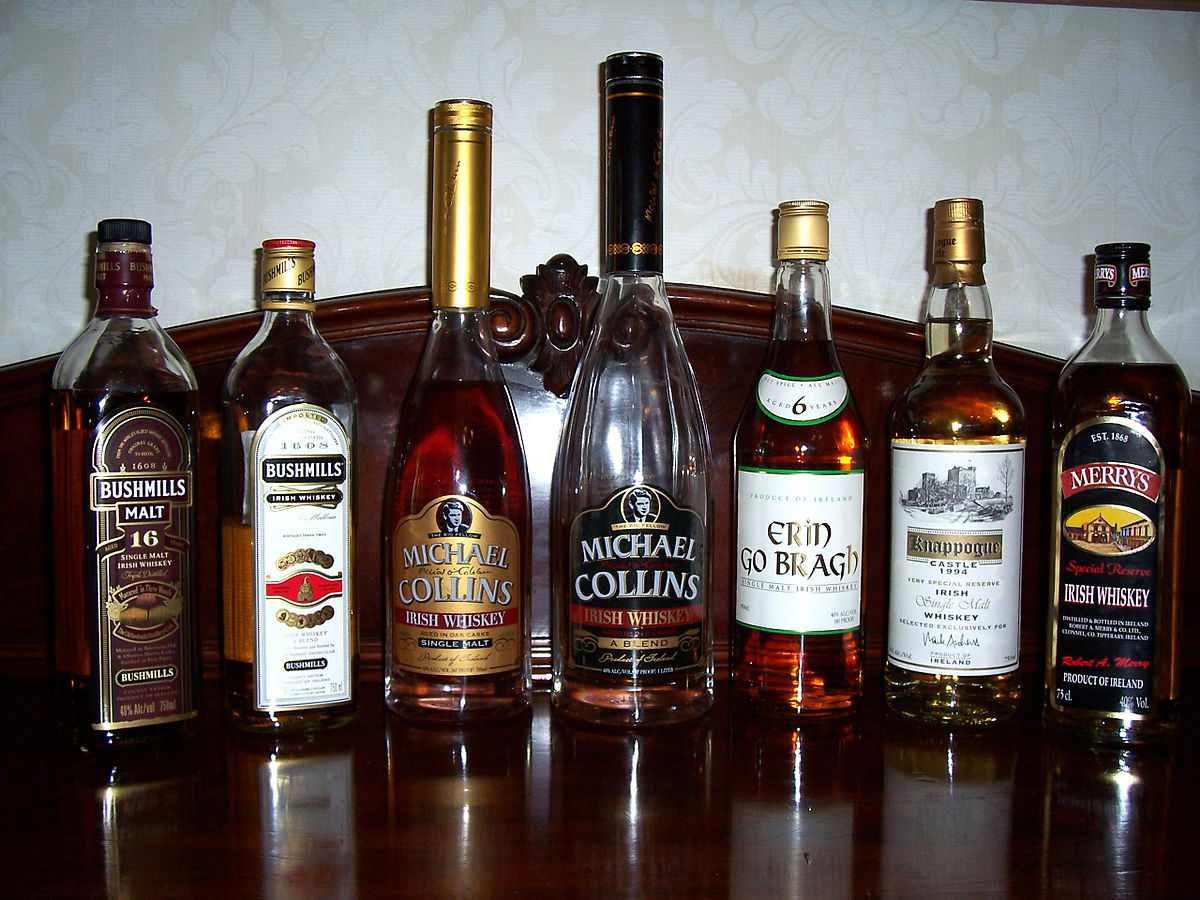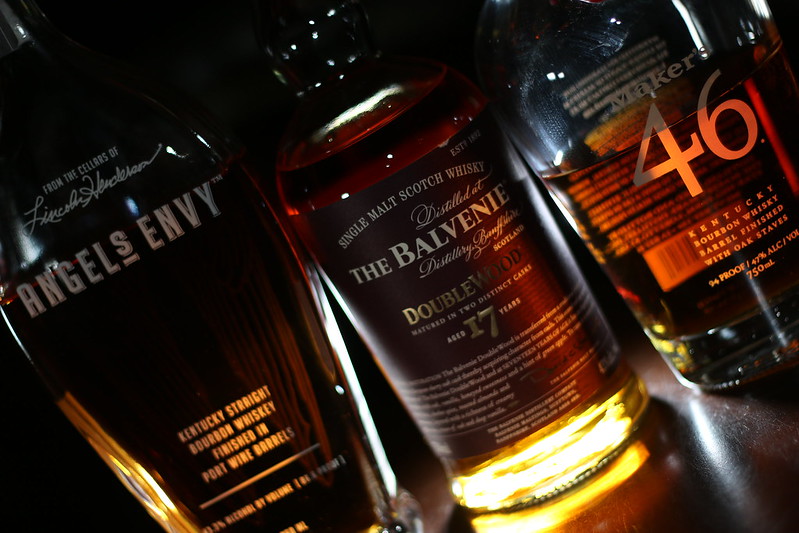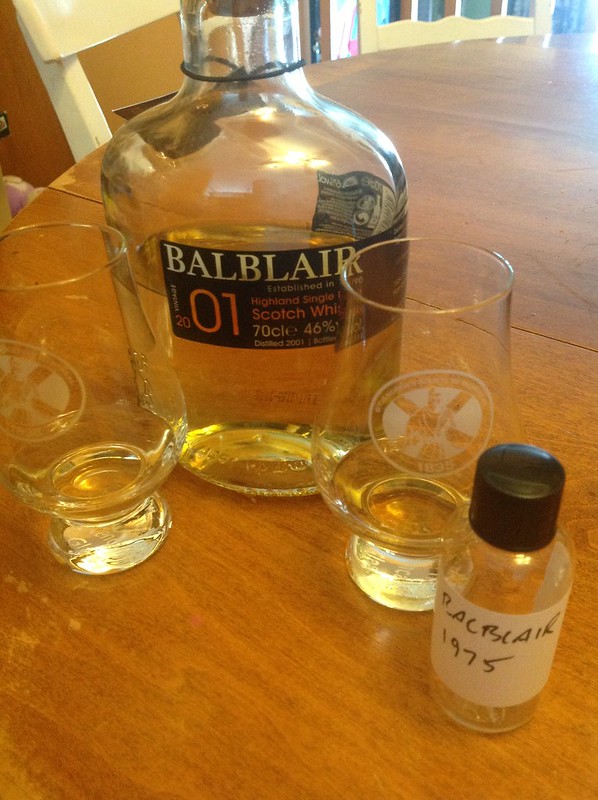When it comes to Scotch the massive world of spirits can be confusing. This admired offering is a special type of whisky. It is notably spelled as Whisky, and not Whiskey to where it comes from. The aging process of Scotch is one of the primary factors that sets it apart from other varieties like bourbon.
The difference between Scotch and bourbon can be distinctly broken down. Scotch, as the name suggests, must be made in Scotland and the spirit uses barley as the primary grain. Bourbon as such is not subject to any aging requirements. Scotch, however, should be aged for at least three years. Moreover, several varieties of Scotch are also aged for much longer.
Understanding what qualifies as Scotch is a good beginning. The next thing to wrap around is that there are several varieties of Scotch that have their own set of characteristics and requirements. Scotch Whisky Regulations last released in 2009 outline five main categories. These are legally defined divisions. There also are unique regional types of distinctions pertaining to Scotch. We will help you here to understand the nuances between the main types of Scotch whisky.
You would be familiar with the two most commonly found classifications if you have enjoyed Scotch anytime. These are Single Malt Scotch Whisky and Blended Scotch Whisky. These are typically two easy categories to understand. Then there are three other lesser-known styles. They also fall under the umbrella of Scotch whisky.
What is Scotch ale?
Wee heavy, or Scotch ale is a style of beer originating in Scotland. This brew is fermented with ale yeast. It is usually low in bitterness along with rich malt sweetness. This caramel-colored beer generally uses a pale malt base backed by darker malts. However, it can vary as well. Many Scotch ales are comparable to the standards of English barley wine.
Types of Scotch Whisky
Here are the five main recognized types of Scotch whiskies available in the market.
-
Single Malt Scotch Whisky
You would recognize ‘Single Malt’ even if you are not much of a Scotch drinker. This term is usually thrown around in reference to this type of whisky. It is the second most common category of Scotch whisky, if not the first. However, there are a few specific requirements these spirits must meet so as to be labeled as such. Single Malt Scotch Whisky must typically be produced at one single distillery. Moreover, only malted barley can be used as the grain. It further requires to be distilled in individual batches using copper pot stills.
Single malts have specific name recognition on their side. But beware that there is plenty of misinformation about this variety out there. It is a common misconception that there are two categories of Scotch whiskies named ‘single malts’ and ‘double malts’. Although single malt is a correct term for the produce of malt whisky from one distillery, there is no such classification as ‘double malt.’ Many people also wrongly understand that the ‘single’ in single malt refers to produce from a single barrel. Whereas in reality, it refers to a single distillery from which the blend has been produced.
Several go-to bottles fall under this category. This type of Scotch normally is well-balanced and rich in flavor. The Balvenie 14-year Caribbean Cask or Glenfiddich’s 15 or 18-year-old are good examples. It is a great choice when you are celebrating or would like to impress someone. Go for the Glenfiddich Grand Cru 23-Year-Old. This spirit has spent the final few months of its life aging inside French Oak barrels that were earlier used in the production of fine French sparkling wines.
-
Single Grain Scotch Whisky
This is where the confusion begins. Single Grain Scotch Whisky is also produced at one single distillery. But it can be made using any type of grain including barley, corn, wheat, and more. This spirit must however be distilled using a column still. And not copper pot stills, as per norms.
Moreover, Single Grain Scotch Whisky is allowed to contain more than just malted barley. Additional grains can either be malted or unmalted. Nonetheless, Single Grain Scotch Whisky normally rings in at a lower price when compared to its single-malt counterpart. So single-grain whiskies are a great choice when you are looking for a Scotch that will transport you to Scotland. This spirit is also typically used in Scotch-based cocktails like the ‘Blood & Sand’. It is however named after a silent film.
The flavor of Single Grain Scotch Whisky is normally lighter than other varieties. It is usually blended with single malts to create yet another variety known as blended Scotch. Moreover, some distillers are now bottling and selling single-grain whisky as-it-is despite having been conventionally used in blends.
-
Blended Malt Scotch Whisky
This Scotch Whisky type is also known as Vatted Malt or Pure Malt. It is a single malt whisky that comes from a single distillery. You would typically have a ‘Blended Malt Scotch Whisky’ when you blend two malt whiskies from two different single malt Scotch whisky distilleries. This usually happens when the whisky comes from more than one producer.
Be aware that this variety of Scotch comes from more than one distillery. However, the other requirements of single malt scotch still hold good. It means that whiskies constituting the blend must necessarily be made from 100 percent barley. Moreover, it should be produced in copper pot stills. There is a compelling amount of room for innovation here within the category as whiskies in the Blended Malt Scotch come from different producers. Furthermore, each one comes with its unique flavor and style profile. Then there is no limit to the number of whiskies each bottle of blended malt can contain as per norms of the Whisky Exchange. Popular bottles of blended malt Scotch whisky usually come from anywhere between 3 to 16 producers.
Though not as common as single malt varieties, There are established brands and bottles of Scotch that fall into this category. Monkey Shoulder is a great example of this within the portfolio.
-
Blended Scotch Whisky
This Scotch variety is a blend of one or more single malt whiskies along with one or more single grain whiskies. Single-grain whiskies contain more than just malted barley. They are therefore allowed into the mix. Blended Scotch whiskies can thereby contain different malted and unmalted grains as well.
However, this category may not have the same amount of clout as the Single Malt. Nevertheless, it is extremely prevalent. This is the style that is most commonly found around the world. According to The Scotch Advocate, Blended Scotch Whiskies make up a whopping 90 percent of the overall global Scotch market. Several major brands like Dewar and Johnnie Walker are blends. And these blends most often represent the drinkers’ first encounter with the spirit.
Moreover, not all blends are usually affordable. There are plenty of expensive high-end blended Scotch whiskies out there in the market. Johnnie Walker Blue Label, a top-shelf blended option, is a good example. It is not so hard to find as long as you are willing to pay the average sticker price of around $229 per catch.
-
Blended Grain Scotch Whisky
This is the final official variety of Scotch. It is called Blended Grain Scotch Whisky. This type of whisky as per norms is made from the blending of two or more single grain whiskies that come from different distilleries. Moreover, none of the solitary whiskies making up the Blended Grain Scotch Whisky meet the requirements of single malts, unlike blended malt varieties.
Blended Grain Scotch Whisky is known for being light, mellow, and mild. It is also not quite common. However, there are some distinguished bottles out there in the market. Though it might seem like you have to look a little harder for blended grain whiskies. Nevertheless, you should not let this category fall through the cracks if you are at all serious about expanding your palate.
Blended Grain Scotch Whisky according to standards is lighter than other varieties. This Scotch variety also allows the flavors of the other grains in the mash, including oats, rye, and wheat. These grains allow the spirit to shine, unlike Scotch which is only made from barley.
Regional Variations
These distinctions usually do not fall under the legally defined varieties of Scotch. There are several unique regional varieties of Scotch out there that are made throughout the land. The 5 main regions of Scotland involved in the production of Scotch include Campbeltown, Highland, Islay, Lowland, and Speyside.
Regionality is important when determining the overall type of Scotch. The distillation method of production employed by the distiller is also decisive. Scotch is a diverse category of whisky. It is therefore often difficult to attach flavor characteristics to the so-called regions of Scotch whisky. Islay, however, is one exception. Most of the whisky coming from the west coast island of Islay is found to be heavily peated.
The Glenfiddich Scotch brand is a Speyside Scotch. It has no singular defining flavor characteristic of a whisky from this region. Each distillery here creates its own exclusive style. Some of these Scotches are fruity and light. While others are more honeyed and rich. Some may even be lightly peated at times.
How is Scotch Different from Whisky?
Scotch is definitely a type of whisky and the main differences between the two are the ingredients that go into the making and the production process.
Whisky can doubtlessly keep you warm and soothe your nerves on cold winter nights. It can also pick you up when you are down. This spirit can also knock you out with its flavor, and then reel you as well in the body. It can make you feel smooth, sexy, and best after dark. Whisky is all yours no matter which land you come from. Scotch is just another word for whisky.
Here is how Scotch is different from Whisky.
Scotch Vs. Whiskey
One thing is clear Scotch is Whisky without the ‘e’. The only reason it is called Scotch is because of its geographical background. For instance, the famous sparkling white wine called champagne factually has to come from the region of Champagne in France. Likewise, Scotch is whisky made in Scotland.
On the other hand, whisky can be made anywhere. Bourbon is a whiskey that is made in America. Scotch is only made in Scotland. You are most likely to get a Scotch when you order a whiskey in England or Scotland. Likewise, you will get an Irish whiskey if you are in Ireland. However, you will get what you want if you are anywhere else in the world.
The other major difference between Scotch and whiskey is not in the taste but in the spelling. Many countries like to drop the ‘e’ from Whiskey. You can think of Canadian whisky and Japanese whisky.
Here’s another one.
Irish Whiskey Vs. Scotch Whisky
The main difference between Scotch and Irish whiskey is that they are made exclusively in the nominated countries. Moreover, Irish whiskey is made from a sour mash of malted cereal grains like barley, corn, and wheat while Scotch is exclusively made from malted barley and water. Malted here in Scotch refers to the grain that has been soaked and has begun to sprout.
Another big difference between Irish whiskey and Scotch whisky is the distillation process. However, both spirits are distilled liquors. But Irish whiskey is distilled thrice and Scotch is distilled twice. This extra distillation procedure in the Irish whiskey gives it a smoother finish and some also say makes it a global favorite.
However, there are similarities between the two regarding the maturation process. All whiskeys according to Irish law must be aged in oak barrels for a minimum of three years. Most distilleries, therefore, use charred oak casks that have previously held bourbon. This gives Irish whiskey a distinct mellow sweetness. Oak is breathable and durable. It is therefore a preferred choice of wood. Moreover, charring the cask prior to adding the solvent gives it a filter. Moreover, this eliminates congeners and gives Irish whiskey that smoky, and toasty taste loved so much by people across continents.
All Scotch whiskies, including blended varieties, must mature for three years at least. Every extra 24 hours also makes a huge difference. Therefore, many distilleries on either side of the Irish Sea mature for longer. They prefer to wait until the product attains a splendid taste profile.
FAQs
What is Single Malt Scotch?
This Scotch variety is the elite of Scottish whisky. The ‘Single’ in the term refers to the fact that the spirit comes from a single distillery. It is made from 100 percent malted barley. As long as all the liquid comes from the same distillery, It is a single malt as long as the liquid comes from the same distillery. The number put on the label generally refers to the youngest whisky contained in the blend. Even in case the spirit in the bottle comes from hundreds of different barrels. Single Malt Whisky, as a thumb rule, is generally aged for 10 years or more. It can be aged anywhere between 12 to 21 years. As a general rule, the older the whisky, the better it gets.
What is a blended whisky?
Blended whisky is typically a mixture of single malt whiskeys from many different distilleries. Using spirits produced from many selected distilleries usually depends on the choice of the Master Blender. Nevertheless, this is an incredibly difficult assignment. The Master Distiller normally creates the blend. He uses different types of whiskies from rye whiskey to single-grain Scotch, to make a statement. This is in order to create a unique taste that can identify and define the brand. Master Blenders work meticulously in detail to ensure that proportions are just right. And that each blend is phenomenally consistent in quality and brand identity.
What is Bourbon?
Bourbon is an American Whiskey. It is made from 51 percent corn mash. Bourbon tends to have a much sweeter taste when compared to Irish Whiskey or Scotch Whisky. You can think of smooth notes of caramel and vanilla, enhanced by the oak cask aging process. Irish whiskey, however, is aged in pre-used bourbon casks. This is why American Bourbon drinkers quite often find themselves enamored by the Irish cousin. Now that you know the difference between the two, it is worth trying out some award-winning Irish whiskey brands.
What to look for when buying Scotch?
There is a wide array of Scotch brands on the market. It is therefore helpful to understand this spirit category before purchasing one. There are six different types of Scotch to choose from for starters. These include single malts and blended varieties.
Scotch whisky varieties usually differ based on the used grain types, the precise distillation process, and how long and the manner it has been aged. Several brands also use distinctive distilling techniques and ingredients. This in turn impacts the flavor profile and intensity of the Scotch whisky. You would also love to know how it goes on the nose and palate.
The region where a Scotch is produced generally reveals hints of its likely flavors and drinkability. Scotch produced on Islay is often peated. As a result, it is likely to taste quite smoky. While choosing Scotch, it also matters whether you are going to have it neat or on the rocks; Or use it to mix in cocktails.
Beyond the type, the region where it was produced, and its age statement, be sure to also consider your personal price range of Scotch when you intend to purchase. Be aware that the cost of Scotch brands can range anywhere from under $30 (for a 750 ml bottle) to several hundreds or thousands of dollars for a similar-sized bottle.
Bring Out That Confidence
With A Glass Of Scotch



